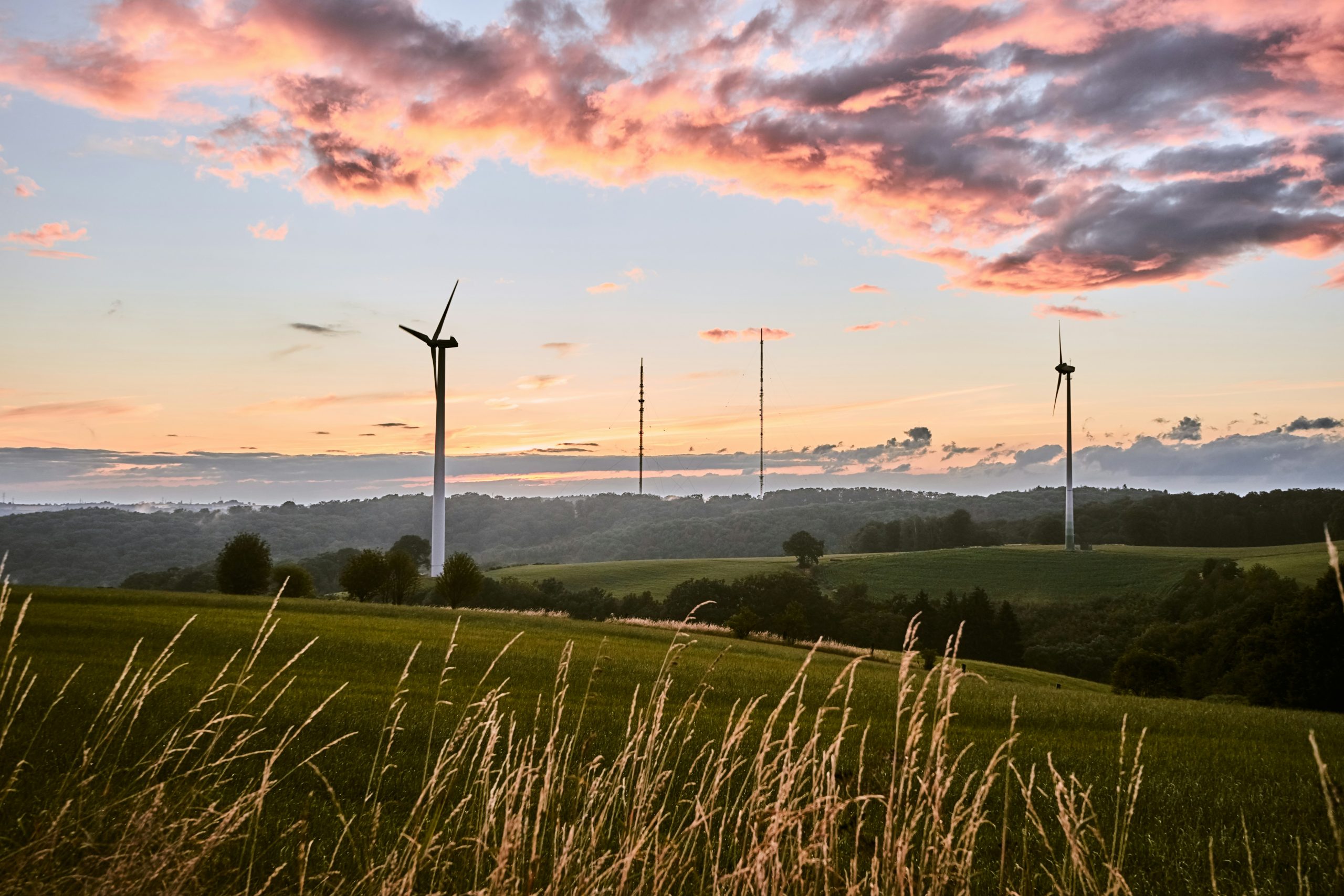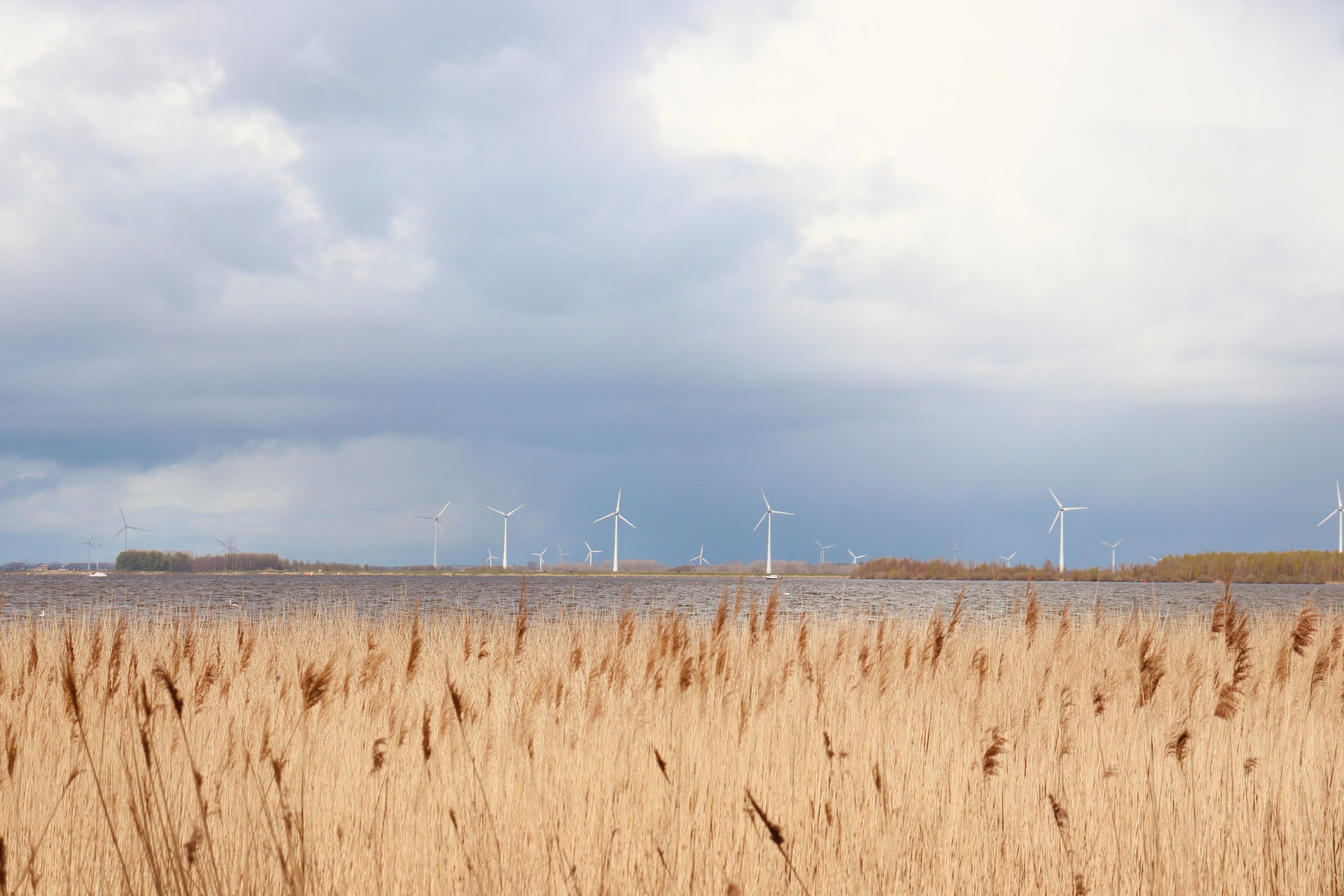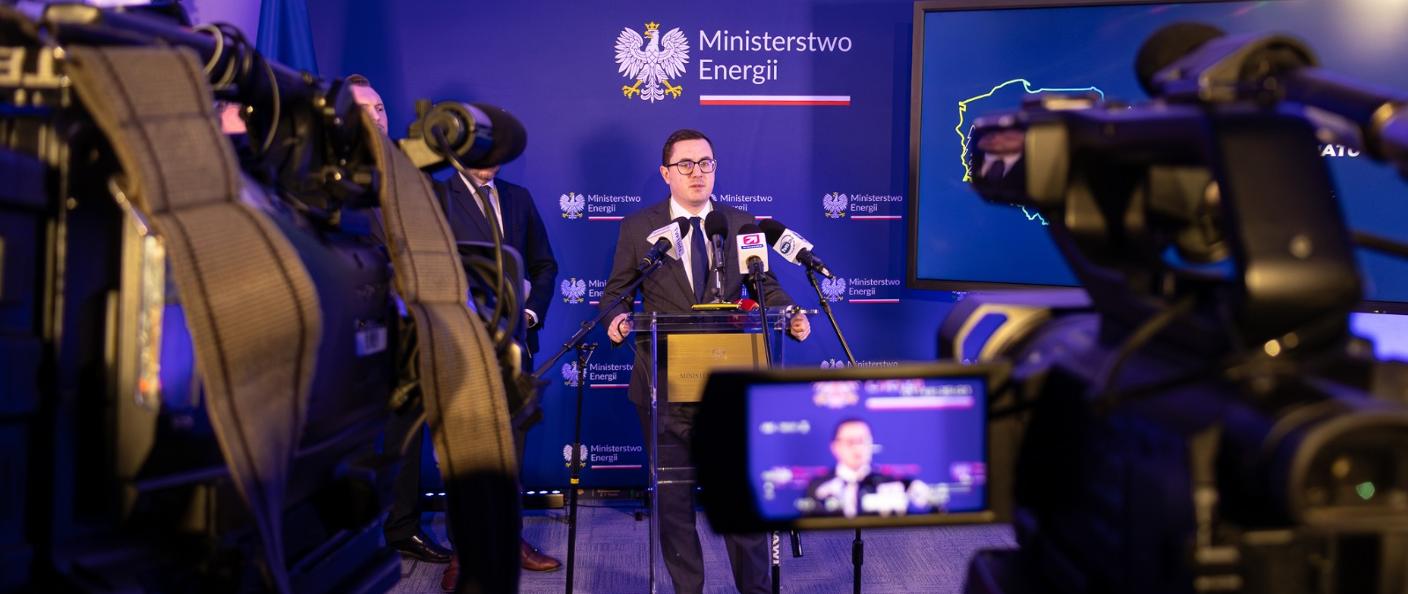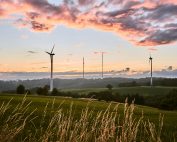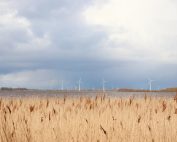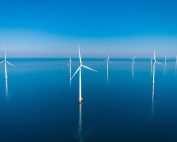The Fraunhofer Institute for Wind Energy Systems IWES, together with its project partners RWE, ForWind (University of Oldenburg – Institute of Physics), and Helmholtz-Zentrum Hereon, is investigating how to optimize the total energy yield of offshore wind farms in the “C²-Wakes – Controlled Cluster Wakes” research project. The project aims to utilize an extensive offshore wind measurement campaign and modeling methods to determine if and how large-scale wake effects and the global blockage effect can be reduced in the future. This initiative will make significant contributions to climate change mitigation and ensure a reliable and cost-efficient energy supply. To date, little research has been conducted on this topic globally. The project is funded by the German Federal Ministry for Economic Affairs and Climate Action (BMWK) with a total of around €2.86 million.
Space-efficient Wind Energy Expansion Required
By 2030, at least 80% of electricity is to be produced from renewable energies. Offshore wind energy plays a crucial role in this endeavor, reflected in increased expansion plans and associated tendering volumes. The German government plans to increase offshore wind energy capacity to at least 30 gigawatts (GW) by 2030 and at least 70 GW by 2045. This growth is regulated and promoted by the German Offshore Wind Energy Act (WindSeeG). Strategic planning, outlined in the area development plan, is crucial for the design, installation, and operation of wind farms. Due to the limited areas available for offshore wind farm development in the German Bight, efficient utilization of this space is required to maximize the benefits of offshore wind energy. Therefore, offshore wind farms are often installed in groups known as clusters. Precise determination of wind potential helps to optimize the energy yield from these areas. In the Controlled Cluster Wakes research project, “C²-Wakes” for short, scientists are investigating how the planning and operation of large offshore wind farms and wind farm clusters can be improved and made more efficient.
Improved Methods for Optimized Wind Farm Yields
Turbines in large wind farm clusters can influence each other, with wakes with lower wind speeds and higher turbulence developing behind the turbines. Improved modeling and measurement of the wakes allow for optimized site selection and resource planning for future offshore wind farms. The scientists plan to investigate how wakes from different wind farms overlap and how wake-optimized operational management may impact these effects in large offshore wind farms on both internal and large-scale wakes. This requires extensive measurements and validated models. To this end, the project team is collecting data via a comprehensive scanning lidar measurement campaign in RWE’s Amrumbank West offshore wind farm near the German island of Heligoland. Devices installed on the wind turbine nacelles measure the flow fields downstream of the wind turbines. Using the acquired data, the scientists can analyze how wind speeds evolve within the wind farm and how internal and large-scale wake effects behind the wind farm change if the control strategy is adapted, for example by testing wake steering.
“In the C²-Wakes project, we can draw on our findings from the earlier research project X-Wakes, where we gained a fundamental understanding of the interaction between long-range wake effects, the global blockage effect, and the coasts in the German Bight. These findings help us to investigate whether and how large-scale wind farm effects can be influenced. Among other things, we are combining assumptions about future wind turbine technologies, wind farm designs, and active wake steering,” explained Dr. Martin Dörenkämper, project coordinator, Fraunhofer IWES.
As part of the project, scientists at the University of Oldenburg, ForWind, are developing and evaluating high-resolution simulation methods and lidar measurement scenarios. The team from Helmholtz-Zentrum Hereon is analyzing satellite data and further developing methods for wind field reconstruction, which, in turn, should provide answers to how different wind turbine technologies, wind farm structures, and wind farm layouts impact wake effects. Offshore wind farms off the British coast will also be analyzed.
Thomas Michel, COO RWE Offshore Wind, said: “We are pressing ahead with the expansion of offshore wind energy worldwide. At the same time, we also intend to further accelerate the development and demonstration of innovative solutions. With the research results of the C²-Wakes project, we have the opportunity to make offshore wind energy even more cost-effective and efficient.”
The offshore scanning lidar measurement campaign started in early April with the installation of three devices and is intended to run for a period of at least six months. The data acquired will be used in the scope of the project for the validation of improved models. The research project was launched in May 2023 and will run for three years. In addition to scientific publications, the results will also be made available to industry and planning authorities in the form of recommendations for action and further developed open-source software tools such as the FOXES wind farm planning software.
Source: The Fraunhofer Institute for Wind Energy Systems IWES
![© Jörge Schneemann [2024] Scanning Lidar device temporarily installed on the nacelle of a wind turbine at RWE’s offshore wind farm Amrumbank West as part of the C²-Wakes project.](https://balticwind.eu/wp-content/uploads/2024/06/Zrzut-ekranu-2024-06-7-o-00.59.50.png)


